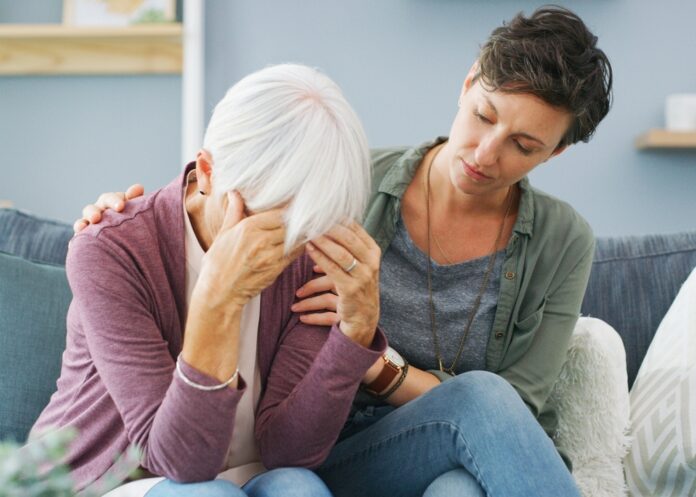Elder abuse is a pressing issue that affects millions of older adults worldwide. As our population ages, it’s increasingly important to be aware of the signs of abuse to protect our loved ones and ensure they live with dignity and respect. Recognizing the signs of elder abuse can make a significant difference in preventing harm and getting the necessary help.
Understanding Elder Abuse
Elder abuse encompasses various forms of mistreatment that result in harm or loss to an older person. It often occurs at the hands of someone the elder knows and trusts, such as a family member, caregiver, or friend. Research indicates that up to 14% of older people may experience some form of abuse, with older women being two to three times more likely to be victims than men.
Types of Elder Abuse and Their Signs
Physical Abuse
Physical abuse involves the use of force that may result in bodily injury, physical pain, or impairment. Signs include unexplained bruises, fractures, sprains, or unusual injuries. Frequent visits to different emergency rooms can also be a red flag.
Emotional or Psychological Abuse
This form of abuse includes behaviors that cause mental anguish, fear, or distress. Victims may show signs of depression, withdrawal from social activities, or exhibit changes in alertness. They might seem fearful around certain individuals or withdraw from relationships.
Financial Exploitation
Financial abuse is the unauthorized or improper use of an elder’s funds, property, or assets. Warning signs include sudden changes in bank account activities, abrupt changes in a will or other financial documents, or unpaid bills despite sufficient finances. Elders may suddenly make large withdrawals or transfers they cannot explain.
Neglect and Abandonment
Neglect occurs when a caregiver fails to meet the basic needs of an elder, including food, shelter, health care, and protection. Signs include poor hygiene, unattended medical needs, or unsafe living conditions. The elder might appear malnourished or dehydrated.
Sexual Abuse
Sexual abuse involves non-consensual sexual contact of any kind. Indicators can be bruises around the breasts or genital area, unexplained sexually transmitted diseases, or torn undergarments. The elder may exhibit unusual fear or shame around certain individuals.
Risk Factors and Vulnerable Populations
Certain factors increase the risk of elder abuse. Those over 80, women, individuals with poor physical or mental health, and those living in isolation are more vulnerable. Elders with dementia or depression are especially at risk, as they may be less able to advocate for themselves or report abuse.
Cultural and language barriers can also contribute to the risk, particularly in culturally and linguistically diverse communities. Stigma, lack of awareness about support services, and fear of retaliation can prevent elders from seeking help.
What to Do If You Suspect Elder Abuse
If you suspect that an elder is being abused, it’s crucial to take immediate action. Here are steps you can take:
- Talk to the Elder: If appropriate, have a gentle conversation with the elder to express your concerns.
- Report to Authorities: Contact local Adult Protective Services or law enforcement. In cases of immediate danger, call 911 without delay.
- Seek Professional Help: Reach out to organizations specializing in elder abuse, such as the National Domestic Violence Hotline or local support services.
- Consult Healthcare Providers: Encourage the elder to have a private discussion with a healthcare professional who can assess for signs of abuse.
- Document Your Observations: Keep detailed notes of signs and incidents, which can be helpful in investigations.
Remember, reporting suspicions of abuse can protect the elder and potentially others from harm.
Supporting Victims of Elder Abuse
Providing support to victims involves patience, understanding, and connecting them with the right resources. Be respectful of their autonomy and decisions, and offer assistance in a way that empowers them.
- Legal Assistance: Victims may need help navigating the legal system. Agencies like the Nursing Home Abuse Center offer guidance on legal options.
- Protective Services: In some regions, protective services provide emergency shelter, meals, and personal care services to ensure the elder’s safety.
- Emotional Support: Encourage counseling or support groups to help elders cope with the emotional impact of abuse.
Conclusion
Elder abuse is a serious issue that requires collective awareness and action. By staying informed about the signs and knowing how to respond, we can help protect our elders and ensure they receive the care and respect they deserve. If you suspect elder abuse, don’t hesitate to seek help—your intervention can make a life-changing difference.


